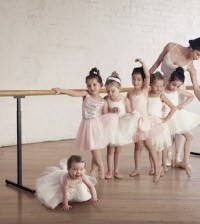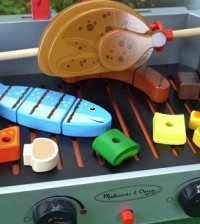Educational Play: How to Choose the Right Puzzle for Your Child
Most kids love to play with puzzles. Puzzles have bright and fun colours and often depict interesting stories which motivate children to overcome the challenge of making the pieces fit together and solving the bigger picture. Besides being fun enough to keep a child occupied just long enough for you to wash the dishes, puzzles are also a great educational toy that has a number of benefits for children’s development.
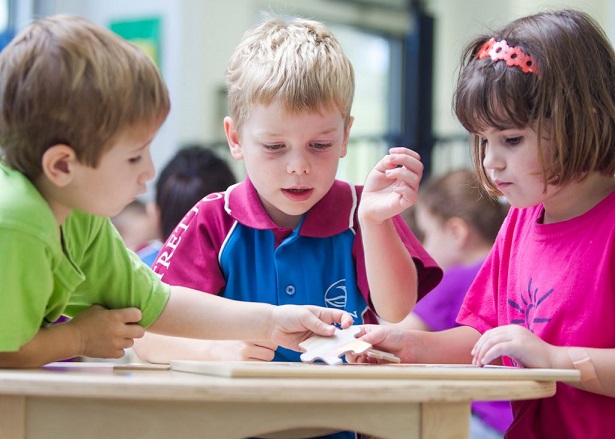
The younger the child starts playing with puzzles the greater the positive effects will be. Of course, that doesn’t mean you should leave your baby with a 100 piece jigsaw puzzle. Different puzzles are suitable for different kids. So, here’s your guide on how to choose the right puzzle for your little angel.
Material
Most puzzles are made of wood, cardboard or foam. Cardboard pieces are thin and known to wrap and tear easily. Young children that still lack dexterity can get easily frustrated trying to hold and put these pieces together. Plus, a cardboard puzzle can be easily ruined if it gets wet. And little kids are notorious for spilling drinks. Foam pieces are easier to hold and interlock. However, both foam and cardboard puzzles aren’t safe for babies and toddlers to play with as their parts can become a choking hazard.
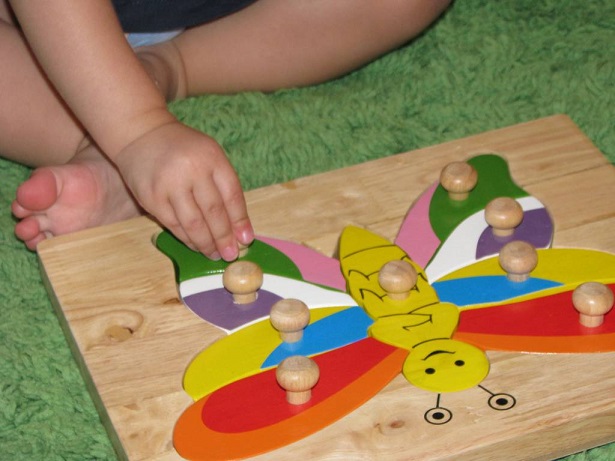
When playing with wooden puzzles baby can’t swallow the pieces as they are often too large and also unchewable. Wooden puzzles are also more durable, being able to last the test of time and be passed down from one generation to another. But perhaps most importantly, wooden puzzles are eco-friendly toys which are free of toxins. Wooden toys aren’t treated with harsh chemicals and toxic paints like foam puzzles are. And considering how babies like to put things in their mouths, it’s essential that the things they play with are 100% safe.
Type of Puzzle
There’s an abundance of puzzles for children on the market, but most of them boil down to two main types: inset and jigsaw puzzles. Inset puzzles are made of wood. When playing with inset wooden puzzles baby won’t easily get frustrated as they aren’t designed to interlock in the way jigsaw puzzles do. An inset puzzle consists of a frame or a trey with cutouts of the pieces.
Inset puzzles also often include knobs and pegs allowing a young child to easily hold them and maneuver them. As a result, an inset puzzle is the best choice for the first puzzle for babies and toddlers. Once your child becomes bored with simple and easy inset puzzles, you can move onto the more complex jigsaw puzzles.
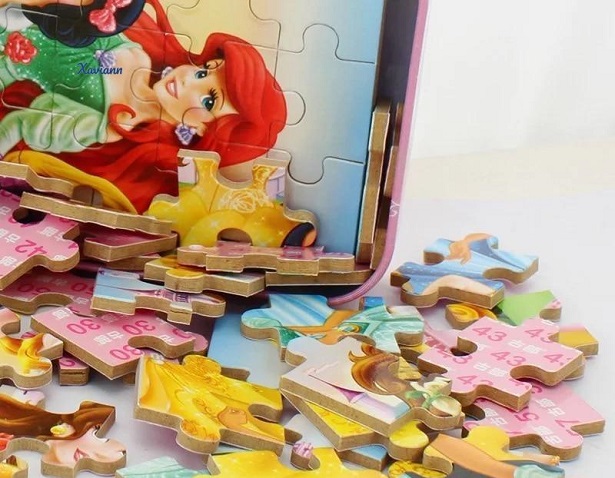
Jigsaw puzzles include interlocking pieces and are available in a variety of sizes and difficulty levels. They are available as frame, floor and 3D puzzles. Because they are more complex, jigsaw puzzles are usually reserved for children beyond the toddler years.
Number of Pieces
A 15-piece puzzle is a piece of cake for a 4-year-old which will be able to solve it in a few minutes. On the other hand, it’s beyond the capacity of a toddler who doesn’t yet have the necessary attention span to complete it – even if it’s inset. This shows just how important the number of pieces is when choosing a puzzle for your child.
Younger kids will find more enjoyment in puzzles which have fewer pieces. Inset puzzles with 3 to 10 pieces are most suitable for toddlers and babies which are in the process of developing their motor skills. Additionally, the younger the child, the bigger the pieces should be. Bigger pieces are easier to hold and put in place, which is often the case with wooden puzzles. Luckily, most, if not all puzzles have an age restriction represented by a tag that says 3+ or similar. This will let you know whether a puzzle has small pieces that can cause choking in babies and toddlers.
As the child grows, you can gradually increase the number of puzzle pieces. Children older than 3 can comfortably work with puzzles up to 20 pieces. However, if you see that your child struggles with 20 pieces, don’t force him/her to solve it. You want to challenge your child, not overwhelm him/her.
Theme
Another factor that can influence whether your child enjoys playing with a puzzle or not is its theme. The image on a puzzle has a big role in whether the child will be interested in solving it. If something looks unappealing or too foreign to a child, he or she might not bother to overcome the challenge. What theme is best usually depends on your kid’s age and his/her personal interests. Younger children tend to be the most interested in animals, whereas older ones love playing with puzzles that depict scenes from their favourite fairy-tales or cartoons.
The theme of the puzzle can also have an effect on its difficulty. For instance, an image with a lot of foliage can be hard for young children as many of the pieces can appear to be identical. Inset puzzles with pieces depicting animals with similar shapes, like for instance a wolf and a dog can also present a challenge. Additionally, you also need to consider the amount of contrast. The more contrast, the easier the puzzle will be. For that reason, the best puzzles for toddlers and babies are the ones depicting different, vivid colours.



